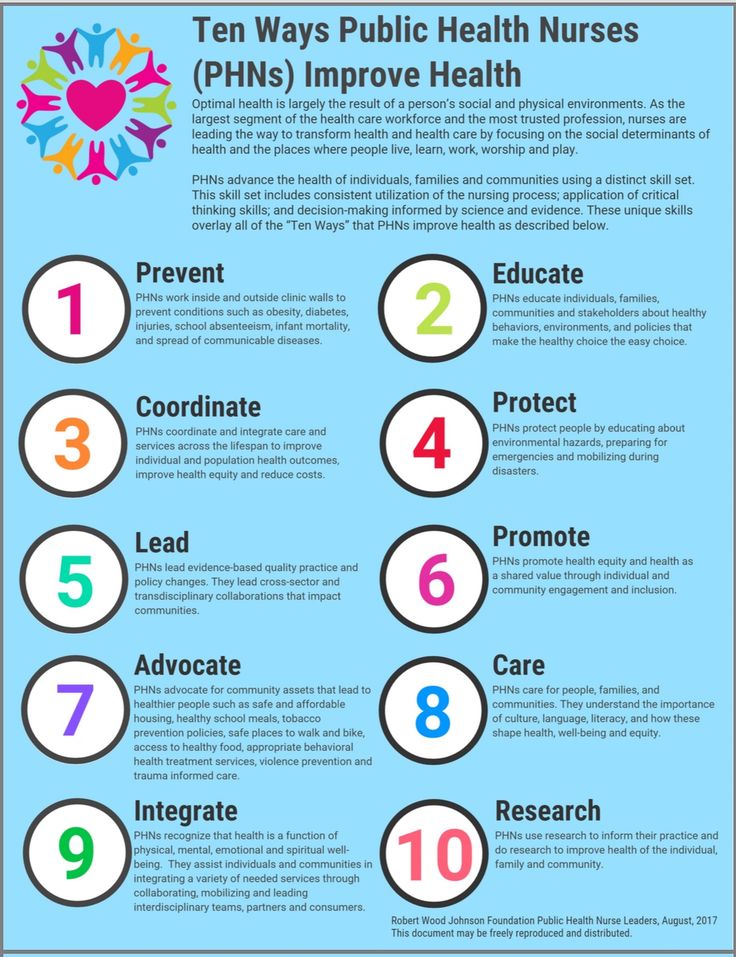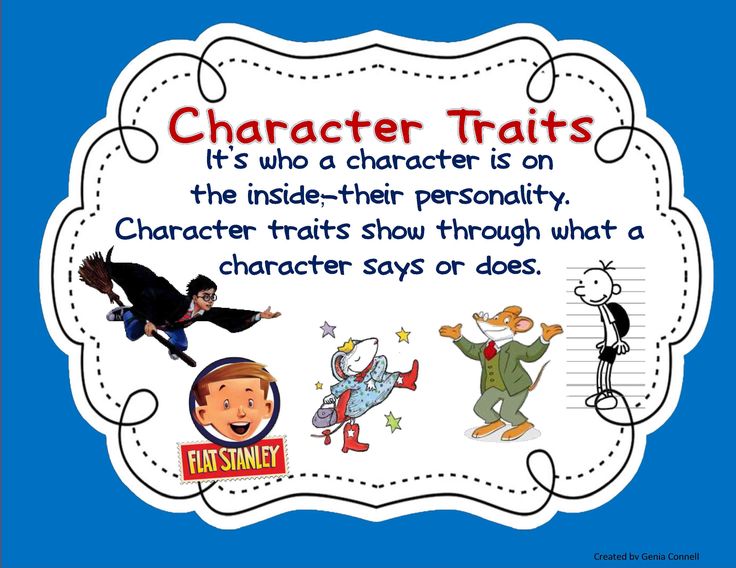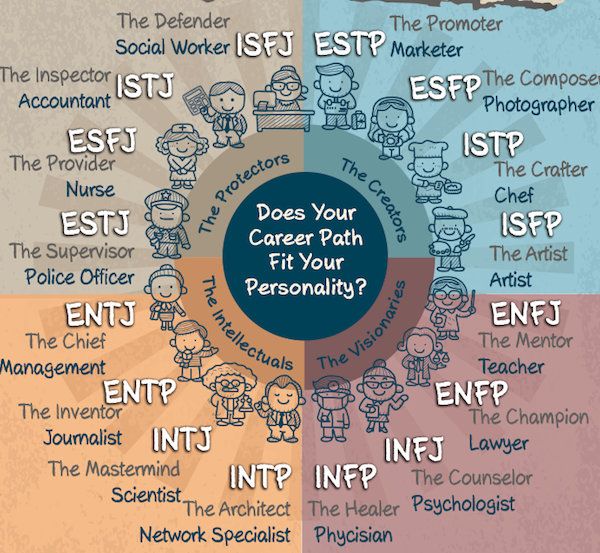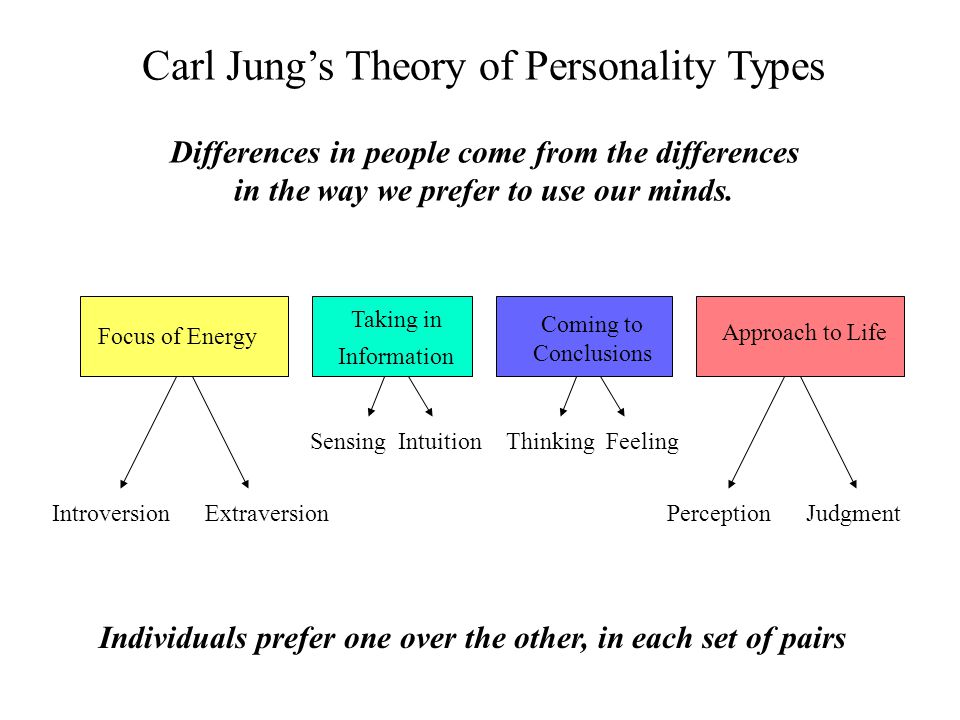Behavioral health codes
CPT Codes for Behavioral Health Billing [Updated for 2022]
Current procedural terminology (CPT) codes are essential components of the health insurance billing process. It's critical to use the appropriate procedure codes to receive reimbursement for your services and avoid an audit. However, using the correct CPT codes for medical billing involves understanding a complex system.
There are thousands of codes to choose from and many different guidelines to follow. Nevertheless, it is possible to use medical codes properly and receive maximum reimbursement rates for your services.
This post will cover some basics of CPT codes for mental health, and provide tips for avoiding claim denials. The better you understand current procedural terminology, the more time you'll have to care for patients, and the easier it will be to get paid.
What are CPT Codes?CPT is a uniform coding system developed by the American Medical Association (AMA). The AMA first established this system in 1966 to standardize terminology and simplify record-keeping for physicians and staff. Since its development, CPT has undergone several changes. The most recent edition focuses on using CPT codes to report physician services.
CPT codes describe medical procedures — such as tests, evaluations, surgeries, and other practices — performed by a physician on a patient. For example, behavioral health CPT codes describe the length of a psychotherapy session with a client or a diagnostic interview. CPT codes are necessary to receive reimbursement from health insurance companies.
Why CPT Codes Are Essential for Clinicians
CPT codes are essential parts of practice management for clinicians and health care staff because they determine compensation and the practice's overall success. To receive the correct reimbursement rates, clinicians must ensure the codes on insurance claim forms accurately reflect the services they provided before submitting the claims to insurance companies.
CPT coding tells insurance payers what you would like to get paid for. Along with the International Classification of Diseases codes, CPT codes paint a complete picture for health insurance companies, and you need both types for reimbursement.
The ICD code set describes the diagnosis and why the treatment was necessary, and the CPT code explains the services provided. Examples of mental health ICD codes include the following.
- F41.9: Anxiety disorder
- F31.31: Bipolar disorder, current episode depressed, mild
- F42: Obsessive-compulsive disorder
- F43.11: Post-traumatic stress disorder, acute
For example, a social worker might use F41.9 with CPT code 90832, which is the code for individual psychotherapy for 30 minutes, to bill for a session with a client experiencing anxiety. You would include both codes on a health insurance claims form.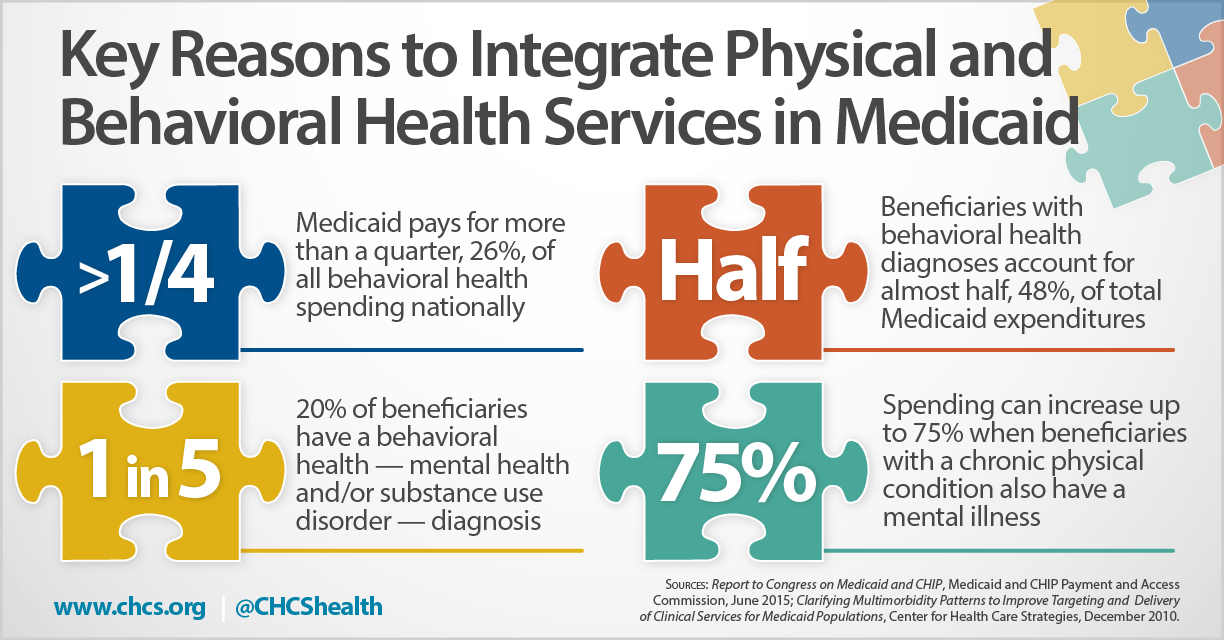
There are three distinct categories of CPT codes, which we will look at next.
What Are the Three Categories of CPT Codes?
The three categories of CPT codes are as follows.
- Category I: Most coders spend the majority of their time working with Category I codes. There are different sections of these codes based on the field of healthcare. The six sections of the CPT codebook are Evaluation and Management, Medicine, Surgery, Radiology, Anesthesiology and Pathology, and Laboratory. Each has a unique set of guidelines. The CPT codes under Category I are five digits long.
- Category II: Category II codes contain four digits, followed by the letter F. Category II codes are optional. They provide additional information and are not a replacement for Category I or Category III codes.
- Category III: Category III codes are temporary and represent new or experimental procedures or technology.
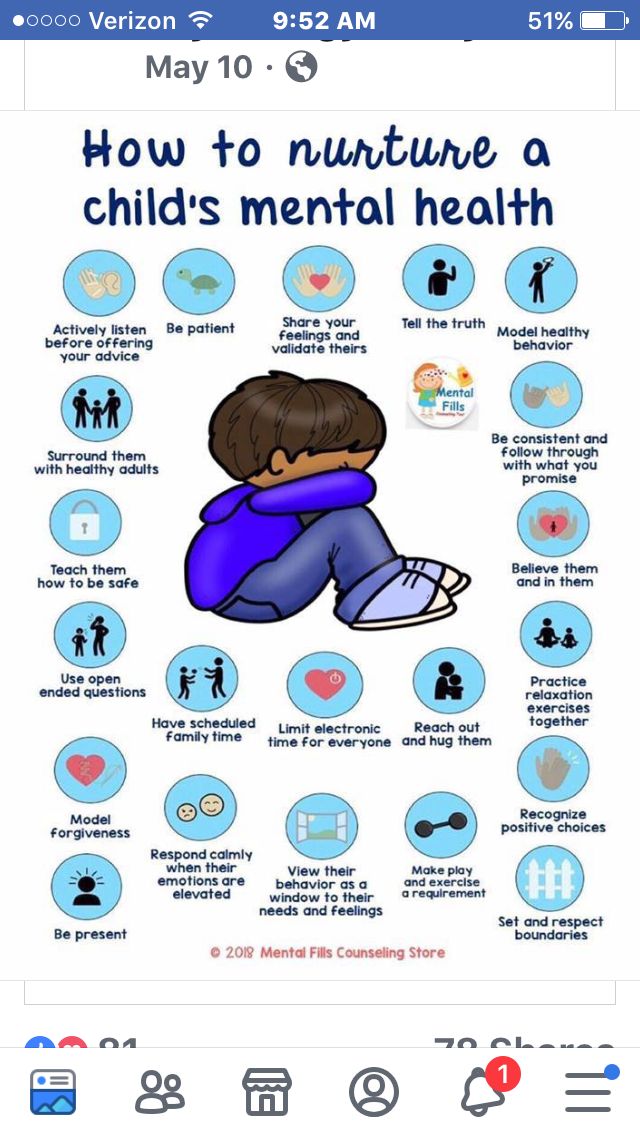 For example, if you can't find a new practice in Category I, you might use a Category III code. Category III codes are four digits long and end in the letter T.
For example, if you can't find a new practice in Category I, you might use a Category III code. Category III codes are four digits long and end in the letter T.
Since Category I is the most frequently used, here's a look at the numerical range of codes within this category.
- Evaluation and Management: 99202 to 99499
- Anesthesia: 00100 to 01999 and 99100 to 99150
- Surgery: 10021 to 69990
- Radiology: 70010 to 79999
- Pathology and Laboratory: 80047 to 89398
- Medicine: 90281 to 99199 and 99500 to 99607
Each of these sections contains subfields to correspond to a particular healthcare field and include guidelines to follow. For example, therapists commonly use psychotherapy CPT codes falling in the range of 90832 to 90853 under the Medicine's psychiatry section. Psychiatrists, primary care physicians, and other authorized prescribers might use evaluation and management codes for providing general medical services.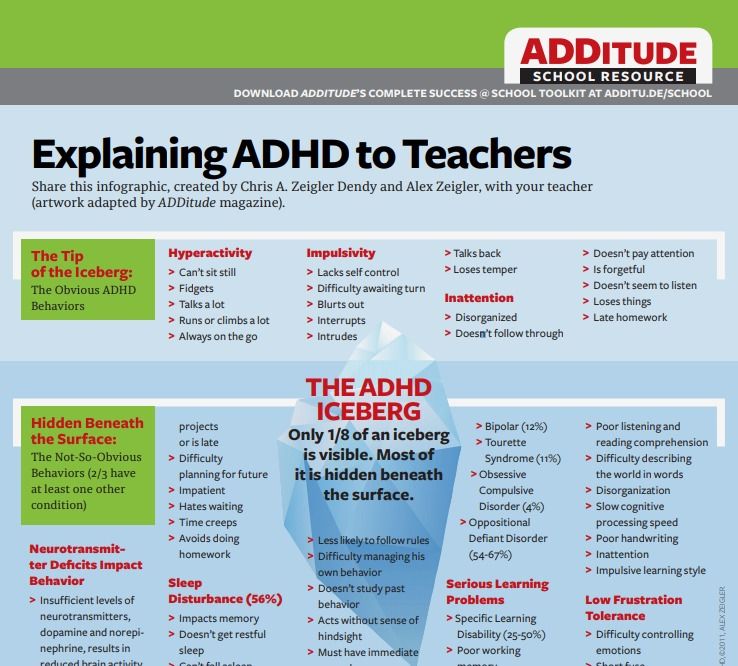
CPT codes also have various modifiers. Modifiers have two numbers or letters, and you can add them to a CPT code. They describe specific critical parts of a procedure.
Some codes have instructions below them in parentheses to tell the coder there may be a better code to use. Codes must be as specific as possible for a mental health billing claim to get accepted.
How to Use the
Correct CPT Code in PsychiatryThe CPT code set is a complex system. It is not always easy to determine if you've met the required elements to code appropriately for the maximum reimbursement amount. It may help to break the process down into steps for new and established patients.
First, you might bill two types of psychiatric service or procedure CPT codes for new patient office visits. These are:
- E/M codes
- Psychiatric diagnostic evaluation codes
Depending on the situation and time involved, it may be appropriate to bill for both codes. Here are a few guidelines to follow.
Here are a few guidelines to follow.
- E/M: Use E/M codes when evaluating a new medical issue. With the AMA's 2021 coding changes, you can select an E/M code based on the complexity of medical decision-making or the total time you spent on the patient's care on the day of the encounter. If you provide E/M services with a psychotherapy add-on code, you must choose a code based on medical decision-making and not total time.
- Psychiatric diagnostic evaluation: Use psychiatric diagnostic evaluation codes for a diagnostic assessment. You may need to use these codes more than once if it takes more time to complete the initial evaluation.
Regarding established patients, the rules allow you to bill an E/M service with every psychotherapy visit, but they don't require you to do so with every encounter. Only bill E/M services if you addressed and documented a separate medical issue during the visit.
For example, if you address medication's side effects during an encounter, you might bill for an E/M visit in addition to a psychotherapy session.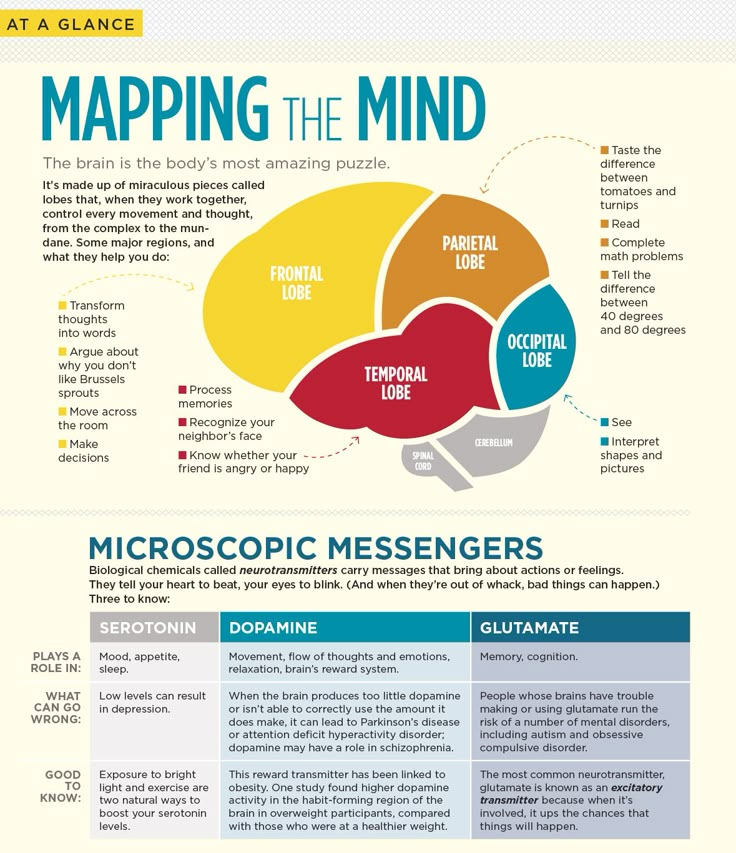
However, if a patient has been stable and on the same medication for years and attends a psychotherapy visit, you can only bill for the psychotherapy session. You cannot bill for E/M because there are no medical or medication concerns expressed during the visit.
Also, to bill for E/M, your documentation must prove your active management or discussion of a medical or medication problem distinct from the psychotherapy service.
The 3 Major Components of E/M DocumentationAccording to the Centers for Medicare and Medicaid Services, insurance companies might want to see documentation to ensure the client's policy covers necessary services and confirm the following pieces of information:
- The service site
- The medical necessity of the services provided
- The accuracy of the services reported
Your client's medical records must include the following three components to support the E/M codes you choose.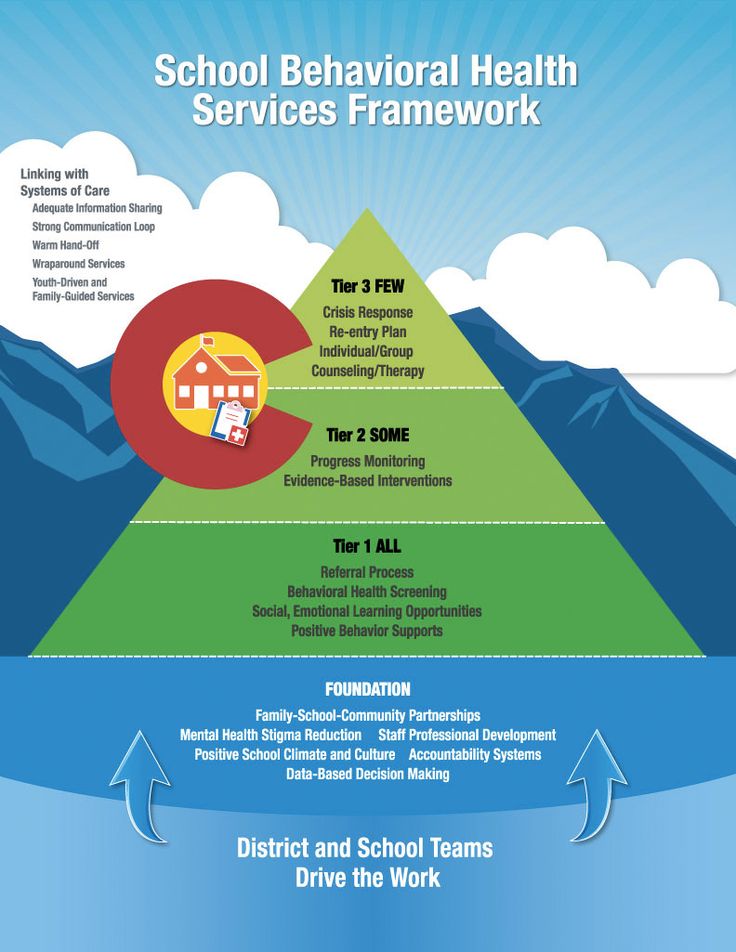
- History: The history section must include the history of present illness, a review of body systems, and the family and social history.
- Examination: The examination section includes the type of examination performed based on your judgment and the nature of the problem. According to the CMS, the levels of E/M services derive from problem-focused, expanded problem-focused, detailed, or comprehensive exams.
- Medical decision-making: The medical decision-making section includes the number and complexity of problems addressed during the specific encounter, the complexity of the data reviewed, and the risk of complications.
When selecting an E/M code with psychotherapy, you'll base your choice on medical decision-making. It's also necessary to choose a CPT code that reflects the service site and whether the patient is new or established. Take these steps:
- Select the type and level of E/M service based on medical decision-making.
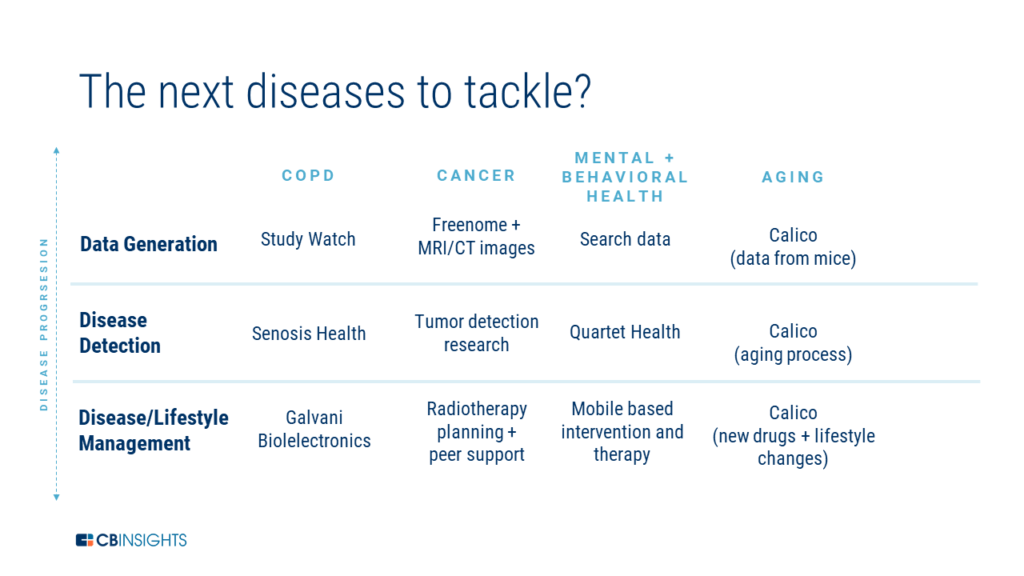
- Choose timed psychotherapy add-on codes based on the time spent providing psychotherapy.
For example, if you choose E/M code 99202 to evaluate and manage a new patient in an outpatient setting with straightforward decision-making and need to bill for 30 minutes of psychotherapy, you would include the add-on code 90833.
Make sure to keep your E/M code and psychotherapy codes separate. The time associated with the E/M service cannot count toward the time of the psychotherapy service. The E/M service must be significant and distinct from psychotherapy.
The Most Common
Psychotherapy CPT CodesWhile family therapists and counselors may not use E/M codes like psychiatrists or primary care physicians, they will bill for psychotherapy services. The American Psychological Association lists standard CPT codes used by therapists.
- 90832: 30 minutes of individual psychotherapy
- 90834: 45 minutes of individual psychotherapy
- 90837: 60 minutes of individual psychotherapy
- 90845: Psychoanalysis
- 90846: 50 minutes of family psychotherapy without the client present
- 90847: 50 minutes of family psychotherapy with the client present
- 90849: Multiple-family group psychotherapy
- 90853: Group psychotherapy
Though CPT codes describe specific times, such as 30, 45, and 60 minutes, therapists have some flexibility, since sessions might go over or under that exact amount.
When choosing a psychotherapy CPT code, therapists must select the closest one to the time spent in the session. The APA lists the following psychotherapy session durations.
- 90832: Choose this code for sessions that run between 16 and 37 minutes.
- 90834: Select this code for sessions that are 38 to 52 minutes long.
- 90837: This code is appropriate for sessions lasting 53 minutes or longer.
- 90846 or 90847: Choose these codes for 26 minutes or more of family psychotherapy.
Psychotherapy
Crisis CodesCPT codes for crises allow behavioral health professionals to bill for emergency sessions. Care providers typically use the following crisis codes for patients in great distress who require immediate attention or are in a life-threatening situation.
- 90839: First 60 minutes of psychotherapy for crisis
- 90840: Add-on code for each additional 30 minutes of psychotherapy for crisis
- 99050: Add-on code for services provided when the office is usually closed
- 99051: Add-on code for services provided during regularly scheduled hours on evenings, weekends, or holidays
If a crisis session falls below 60 minutes, you will bill for a regular psychotherapy code, such as 90834.
Other
Add-On CodesProviders may use add-on codes to describe additional services. Behavioral health clinicians can only apply add-on codes in combination with psychotherapy and diagnostic evaluation services. Providers must include the principal CPT code and add-on code on the billing form, and list them separately. Add-on codes include the following.
- 90785: Interactive complexity
- 90863: Psychopharmacology with psychotherapy
- 90833: 30 minutes of psychotherapy with E/M service
- 90836: 45 minutes of psychotherapy with E/M service
- 90838: 60 minutes of psychotherapy with E/M service
Clinicians might use code 90785 for factors that complicate service delivery, such as a client's angry family member or a third party like a probation officer. Psychologists might use code 90863 when reviewing or prescribing medication on the same day as delivering psychotherapy services.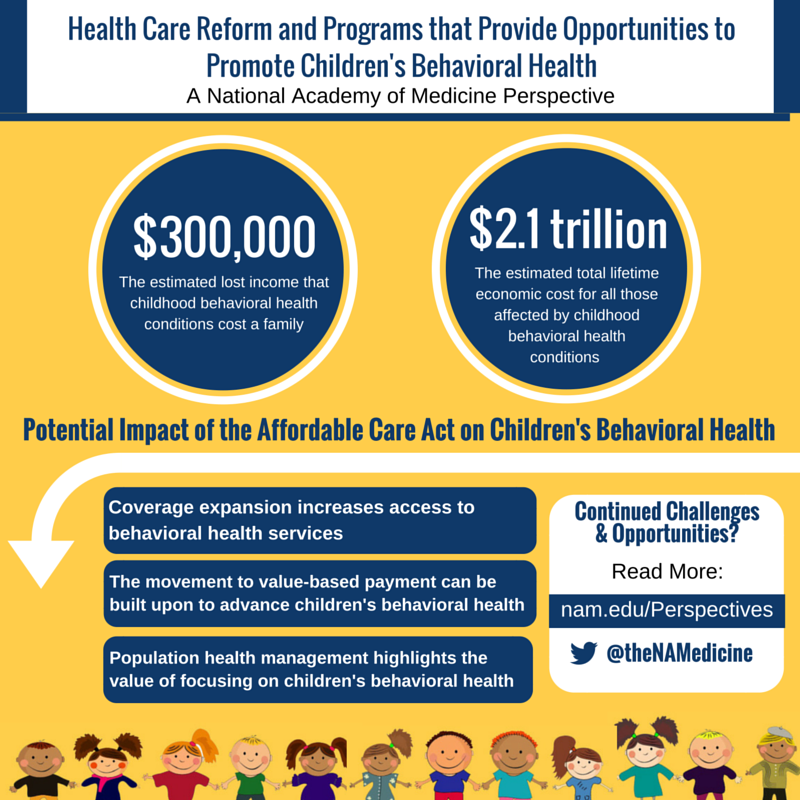 Psychiatrists do not use code 90863.
Psychiatrists do not use code 90863.
Mental Health Test and
Assessment CodesCPT codes for mental health tests and assessments include the following.
- 96105: Aphasia assessment
- 96110: Developmental screening
- 96112: Developmental test administration with interpretation
- 96113: Each additional 30 minutes of developmental test administration with interpretation
- 96116: Neurobehavioral status exam, 60 minutes
- 96121: Each additional hour of neurobehavioral status examination
- 96125: Standardized cognitive performance testing, 60 minutes
- 96127: Brief emotional or behavioral assessment
- 96130: Psychological testing evaluation services provided by a physician or qualified health professional, 60 minutes
- 96131: Each additional hour of psychological testing evaluation services performed
- 96132: Neuropsychological testing services, 60 minutes
- 96133: Each additional hour of neuropsychological testing services performed
- 96136: Psychological or neuropsychological test administration and scoring by a physician or qualified health professional, 30 minutes
- 96137: Each additional 30 minutes of neuropsychological test administration and scoring by a physician or qualified health professional
- 96138: Psychological or neuropsychological test administration and scoring by a technician, 30 minutes
- 96139: Each additional 30 minutes of neuropsychological test administration and scoring by a technician
- 96146: Psychological or neuropsychological test administration via an electronic platform with automated results
- 96156: Health assessment or reassessment
- 96160: Patient-focused health risk assessment
- 96161: Caregiver-focused health risk assessment
Psychiatry
CPT CodesPsychiatrists use CPT codes to bill for psychiatric diagnostic evaluations, psychotherapy, and other psychiatric services.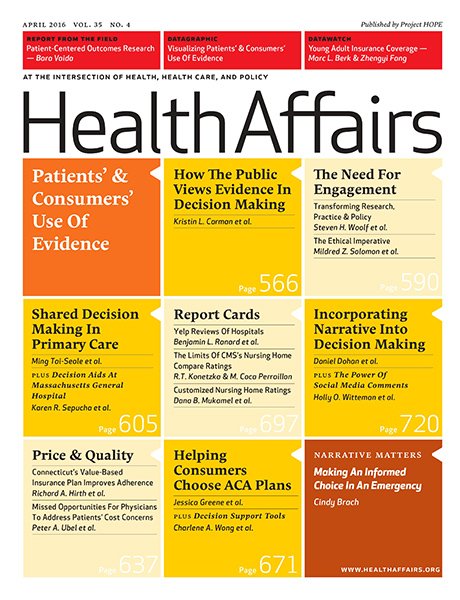 CPT codes for psychiatric services include the following.
CPT codes for psychiatric services include the following.
- 90791: Psychiatric diagnostic evaluation without medical services
- 90792: Psychiatric diagnostic evaluation with medical services
- 90865: Narcosynthesis
- 90867: Therapeutic repetitive transcranial magnetic stimulation
- 90870: Electroconvulsive therapy
- 90875: 30 minutes of individual psychophysiological therapy with biofeedback
- 90876: 45 minutes of individual psychophysiological therapy with biofeedback
- 90880: Hypnotherapy
- 90899: Unlisted psychiatric procedure or service
Psychiatry Evaluation and
Management CodesPsychiatrists may use E/M codes to bill for evaluation and management services either alone or with psychotherapy. For psychiatrists and other physicians, psychotherapy is an add-on code to the primary E/M service.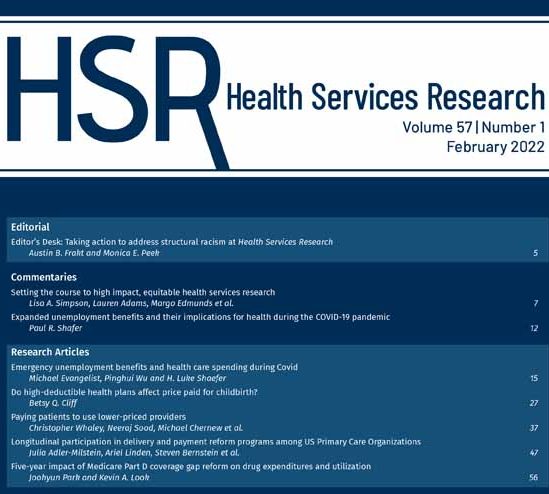
- 99202 to 99205: Outpatient E/M services for a new patient
- 99211 to 99215: Outpatient E/M services for an established patient
- 99241 to 99245: Consultations for a new or established patient in an outpatient setting
- 99221 to 99223: Initial hospital E/M services for a new or established patient
- 99231 to 99233: Hospital E/M services for a new or established patient after initial visit
- 99251 to 99255: Inpatient consultations
Common Behavioral Health
Case Management CPT CodesLike licensed counselors, clinical social workers who provide psychotherapy services use CPT codes to get reimbursed. Here's a CPT description list of frequently used codes, according to the National Association of Social Workers:
- 90832: 30 minutes of psychotherapy
- 90834: 45 minutes of psychotherapy
- 90837: 60 minutes of psychotherapy
- 90785: Interactive complexity add-on
- 90839: 60 minutes of psychotherapy for crisis
- 90840: Each additional 30 minutes of psychotherapy for crisis
- 90791: Psychiatric diagnostic evaluation
- 90845: Psychoanalysis
- 90846: 50 minutes of family psychotherapy without the patient present
- 90847: 50 minutes of family psychotherapy with the patient present
- 90853: Group psychotherapy
Telehealth
CPT Medical Coding ListWith an increasing number of behavioral health professionals moving their practices online, it helps to know CPT codes for virtual therapy. Telehealth CPT codes are especially relevant today under the Coronavirus Preparedness and Response Supplemental Appropriations Act, which expands access to Medicare telehealth services.
Telehealth CPT codes are especially relevant today under the Coronavirus Preparedness and Response Supplemental Appropriations Act, which expands access to Medicare telehealth services.
According to the Centers for Medicare and Medicaid Services, telehealth visits are the same as in-person visits and get paid at the same rates. Therefore, you will use the identical CPT code for a virtual therapy session as you would if you were billing for a face-to-face meeting. For example, if you meet with a patient online, you would still use the code 90832 for 30 minutes of psychotherapy. However, you would apply different modifiers for telehealth services, as follows.
- 95 modifier: Add the modifier 95 to the appropriate CPT code. This modifier describes a real-time interaction between a clinician and patient via a telecommunications system, such as through video conferencing. You may also use the modifier GT instead.
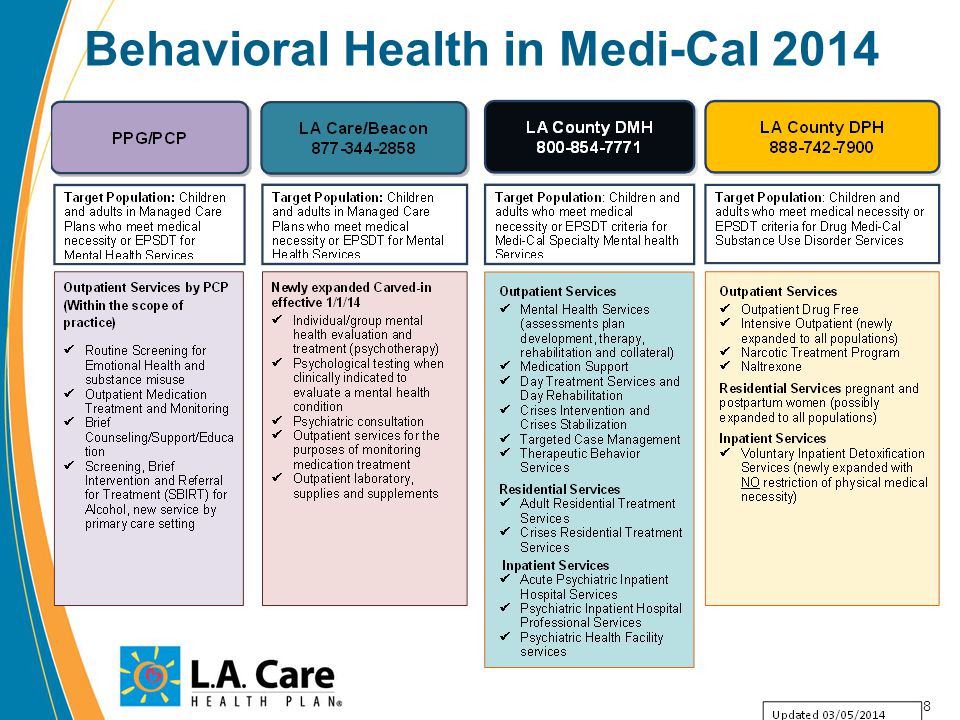
- 02 for place of service: Use Code 02 to describe the place of service (POS) as a telecommunications system. It may replace the commonly used POS code 11, which describes providing therapy in an office.
As you'll see, some telehealth codes belong to the Healthcare Common Procedural Coding System (HCPCS). HCPCS codes are not part of the CPT set, and they cover specific services and products needed to provide care. HCPCS codes consist of a single letter followed by four numbers. Here are codes you might use specifically for telehealth.
- G2012: Virtual check-in or brief, patient-initiated visit
- G2010: Remote evaluation of a recorded video or image provided by an established patient
- 99421: Online digital evaluation and management service conducted via a patient portal for an established patient, five to 10 minutes of cumulative time over seven days
- 99422: Online digital evaluation and management service conducted via a patient portal for an established patient, 11 to 20 minutes of cumulative time over seven days
- 99423: Online digital evaluation and management service conducted via a patient portal for an established patient, 21 or more minutes of cumulative time over seven days
Non-physician healthcare professionals may use the codes G2061, G2062, or G2063 to provide an online assessment and management service for an established patient.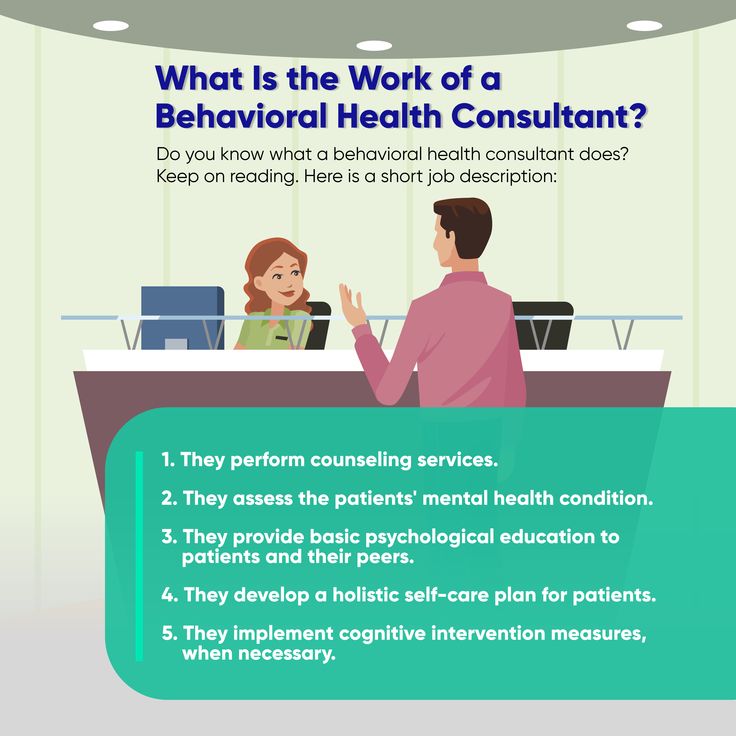
New CPT Codes for
Behavioral Health ServicesEvery year, health professionals can expect revised or new mental health CPT codes. According to the American Psychological Association, as of Jan. 1, 2020, psychologists must use new therapy CPT codes to get reimbursed for health behavior assessment and intervention services from third-party payers. Providers use these services to address psychological, emotional, cognitive, or behavioral issues that impact the treatment of a physical health problem. Psychologists may provide these services to an individual, group, or a patient's family to help the client cope with physical health conditions.
HBAI codes require a physical health diagnosis or an ICD code and are not for mental health services. Here are the code revisions.
- Code 96156 replaces codes 96150 and 96151: Clinicians must now use code 96156 to bill for a health and behavior assessment or reassessment.
 The new code for assessment services is now event-based rather than time-based.
The new code for assessment services is now event-based rather than time-based. - Code 96152 is now 96158 plus 96159: Code 96152 for an individual, face-to-face health behavior intervention is now 96158 for the first 30 minutes. List code 96159 separately for each additional 15 minutes of the intervention.
- Code 96153 is now 96164 plus 96165: Code 96153 for a face-to-face group health behavior intervention is now 96164 for the first 30 minutes. Tack on the code 96165 for each additional 15 minutes of service.
- Code 96154 is now 96167 plus 96168: Code 96154 for a face-to-face family health behavior intervention with the patient present is now code 96167 for the first 30 minutes. Use code 96168 for each additional 15 minutes.
- Code 96155 is now 96170 plus 96171: Code 96155 for a face-to-face family health behavior intervention without the patient present is now 96170 for the first 30 minutes. Use code 96171 for each additional 15 minutes.
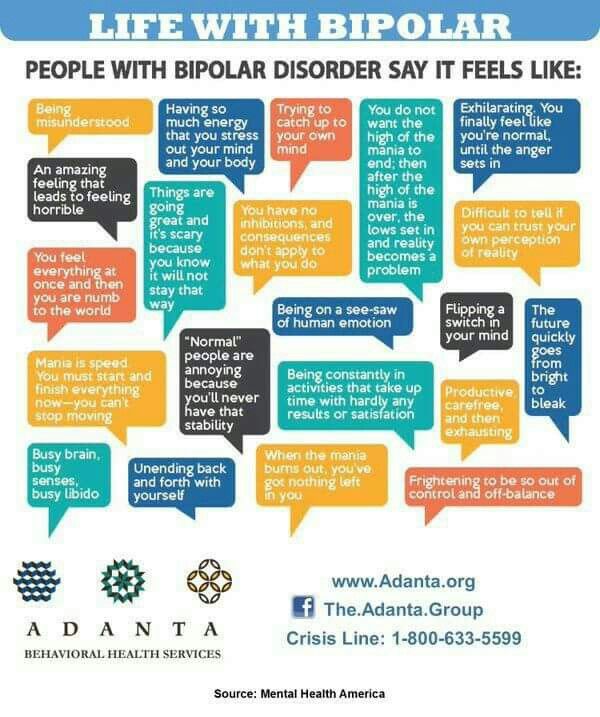
For additional information about the 2021 E/M coding changes, check out our blog post here.
How CPT Code Changes
Impact the Reimbursement ProcessReimbursement rates change all the time, and a lot depends on the decisions made by the CMS. The CMS accepts the American Medical Association's CPT code recommendations and makes the final decisions regarding code values.
The code selection process also impacts how much clinicians get paid. For example, with the recent E/M coding changes, clinicians can bill for the total time they spend in one day on an encounter, which includes non-face-to-face time, and gets credit for tasks like interpreting exams performed by other physicians.
Clinicians can also choose an E/M code based on total time or medical decision-making, selecting the one that makes the most financial sense.
CPT Code
Reimbursement RatesReimbursement rates depend on the insurance payer, location, and practitioner level.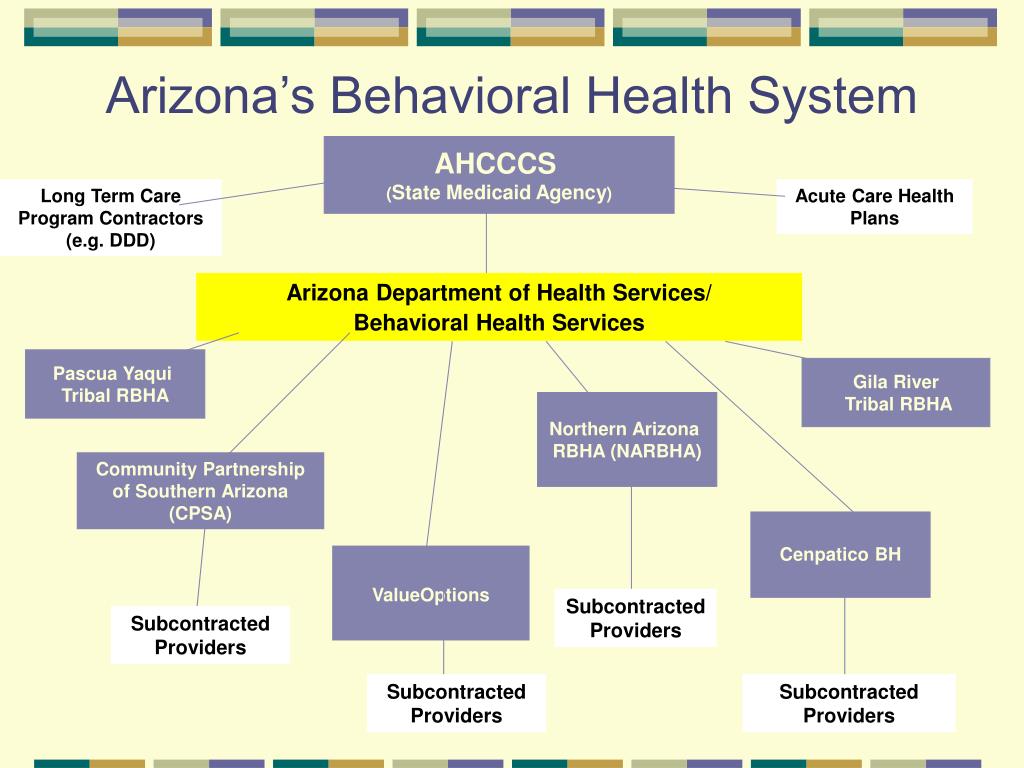 For instance, a psychiatrist will receive a higher reimbursement rate than a social worker.
For instance, a psychiatrist will receive a higher reimbursement rate than a social worker.
The CPT code you choose also affects compensation. In general, the longer you spend with a patient delivering services, the more you'll get paid. For example, according to the Mississippi Division of Medicaid's 2020 fee schedule, psychotherapy rates were:
- 90832: $60.07
- 90834: $79.90
- 90837: $119.68
If you're concerned you're not getting the highest reimbursement rate possible, let us know at ICANotes. We've designed our electronic health record software to help behavioral health specialists maximize reimbursement.
ICANotes keeps track of documentation elements in clinical notes and automatically calculates the highest-level E/M code supported by a note. ICANotes makes it easy to establish all the required details of accurate E/M documentation by providing pre-templated buttons and an easy-to-use interface.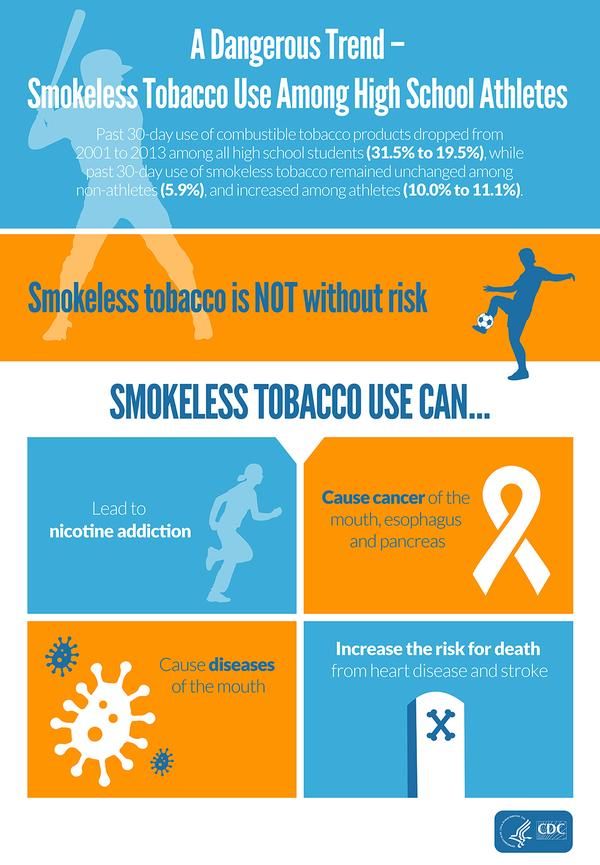 With ICANotes, clinicians can stay up to date on CPT changes and make sure they comply with the Health Insurance Portability and Accountability Act.
With ICANotes, clinicians can stay up to date on CPT changes and make sure they comply with the Health Insurance Portability and Accountability Act.
Tips for Maximizing Reimbursement and
Avoiding Insurance Claim Denials
If you hope to avoid issues with claims, you mostly want to remember that medical necessity determines the level of service to bill. It would not be appropriate to document a higher level of service if it is unnecessary. Always make sure the documentation supports the level of care you are billing. Here are a few more tips to keep in mind.
1. Ensure Correct Coding
To receive reimbursement, a clinician must complete accurate coding. Coding errors can lead to payment delays or rejected claims. Frequent or consistent errors could lead to an audit or charges of fraud. Strive for the highest accuracy, and cut down on simple errors like incorrect patient information or policy number mistakes. Always refer to the AMA’s most recent CPT manual to make sure you use the right codes in your practice.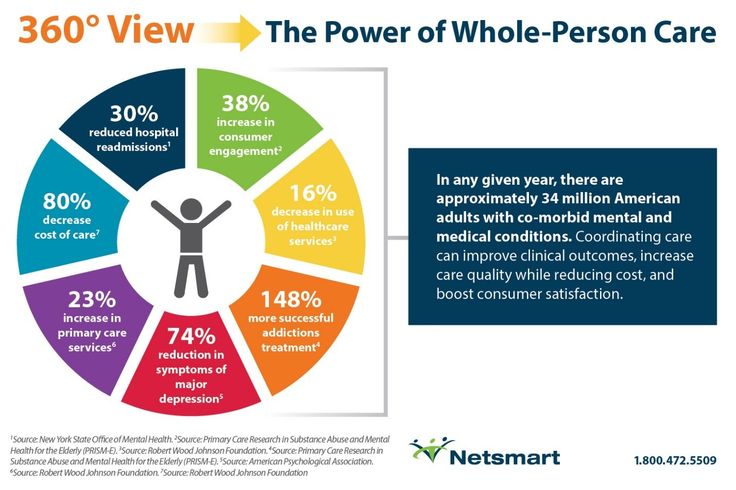
Also, make it a habit to check and recheck work, and thoroughly read all the therapy notes included with the codes. Encourage staff members to do the same. One of the most common causes of claim denials is the improper use of modifiers. Therefore, make sure to familiarize yourself with modifiers before using them. Modifiers can be the difference between maximum reimbursement and reduced reimbursement, so it's crucial to review the rules.
2. Claim Only What's Medically Necesarry
Medicare and other payers define what's medically necessary in different ways, but in general, it's about doing what's best for the patient at the right time. A claim for a service that is not a medical necessity will likely get denied.
To help demonstrate a medically necessary claim, make sure to choose the appropriate ICD code and link it to the associated CPT codes that are valid for the visit. Doing so enables staff and insurance payers to see the reason for each service.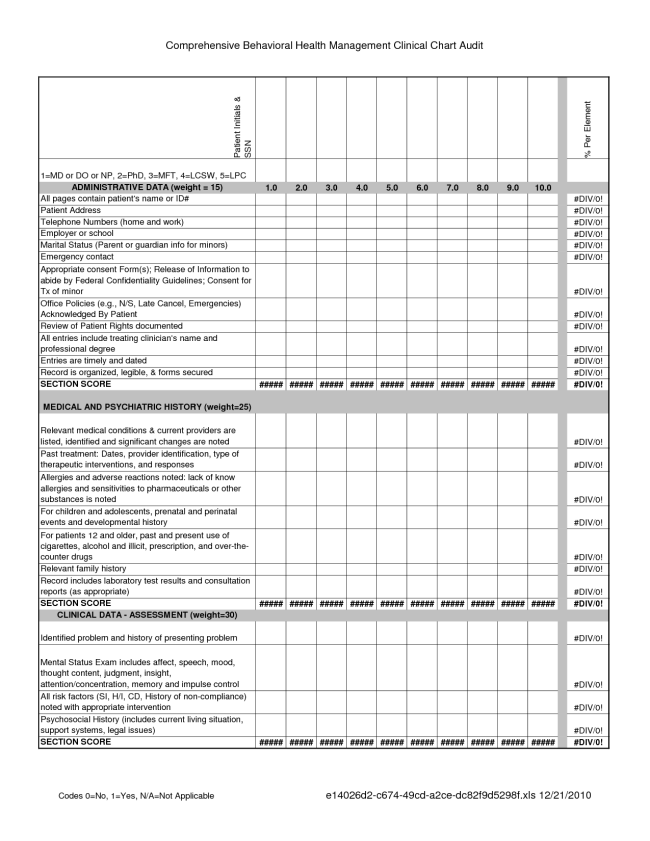
3. File Claims on Time
You must submit claims by a specific deadline. For example, Medicare requires you to file no later than 12 months after the date of service. These dates can vary depending on the payer, and some claims may be due within 90 days or 180 days after service. By meeting deadlines, you'll ensure you receive adequate reimbursement.
4. Emphasize Quality Documentation
Inadequate documentation can affect the reimbursement process. Make sure everyone in your practice understands the value of correct, legible, and complete documentation. Otherwise, it will be challenging to make an accurate or complete claim.
5. Identify and Educate
Identify coding errors, review past mistakes, and aim to correct the errors by educating staff and staying current on any code changes. Schedule regular training meetings to keep information fresh and share any updates.
Use ICANotes for Fast and Accurate BillingProper coding requires knowledge and practice.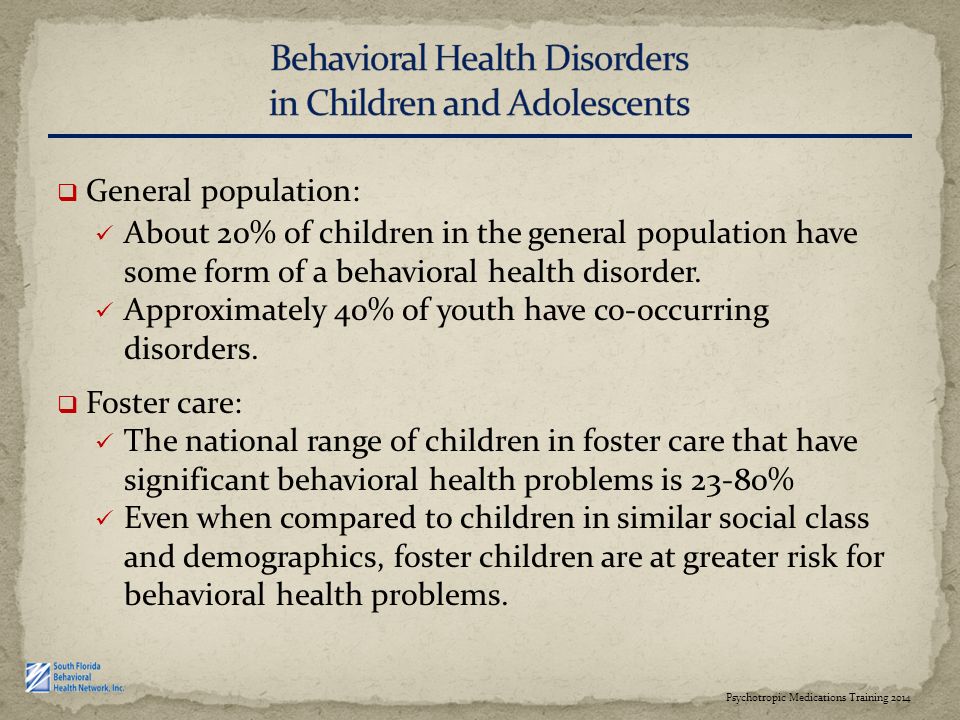 Most behavioral health clinicians want to spend their time and energy providing patient care — not worrying about coding and claims. ICANotes can step in and take care of the work for you, so you can get back to doing what you love.
Most behavioral health clinicians want to spend their time and energy providing patient care — not worrying about coding and claims. ICANotes can step in and take care of the work for you, so you can get back to doing what you love.
With ICANotes, you can expect automatic coding at the highest reimbursement level possible to ensure claims get accepted and you get paid. Without the need to fix errors or resubmit claims, you’ll save time, money, and energy. To experience the benefits of ICANotes behavioral health EHR software firsthand, sign up for a free trial today!
SCHEDULE A DEMO
Sources:
- https://www.cdc.gov/wtc/pdfs/policies/cms-1500-P.pdf
- https://www.icanotes.com/2021/01/15/what-to-know-new-e-m-coding-changes/
- https://www.psychiatry.org/psychiatrists/practice/practice-management/coding-reimbursement-medicare-and-medicaid/coding-and-reimbursement
- https://www.
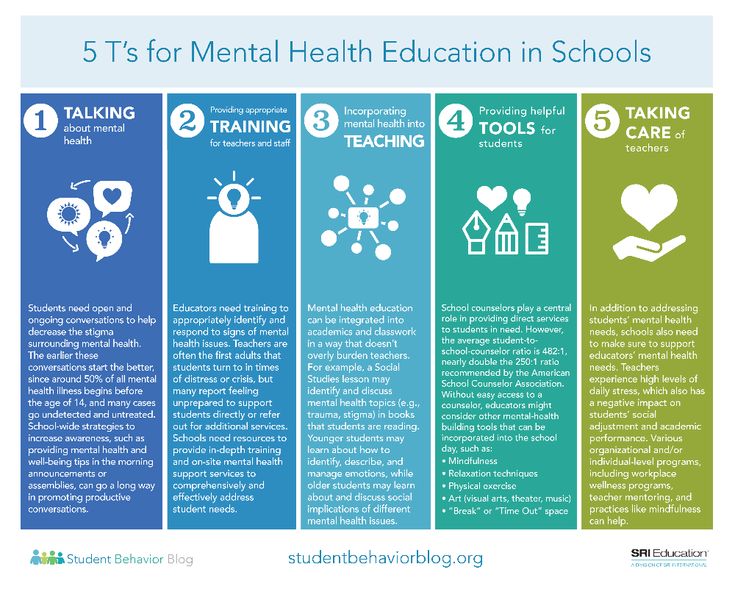 apaservices.org/practice/reimbursement/health-codes/psychotherapy
apaservices.org/practice/reimbursement/health-codes/psychotherapy - https://www.aapc.com/resources/medical-coding/cpt.aspx
- https://en.wikipedia.org/wiki/Current_Procedural_Terminology
- https://psychcentral.com/lib/cpt-codes-for-psychology-services#3
- https://www.cms.gov/files/document/medicare-mental-health.pdf
- https://blog.therapynotes.com/understanding-crisis-codes-90839-and-90840
- https://therathink.com/cpt-code-90839/
- https://www.aappublications.org/news/2017/06/21/Coding062117
- https://www.aacap.org/App_Themes/AACAP/Docs/member_resources/aacap_news/2018/AACAP-News-May-June-2018-CPT-Screening-Codes.pdf
- https://www.aap.org/en-us/Documents/coding_factsheet_developmentalscreeningtestingandEmotionalBehvioraassessment.pdf
- https://www.apaservices.org/practice/reimbursement/health-codes/testing/neuropsychological-testing.pdf
- https://www.asha.org/practice/reimbursement/medicare/slp_coding_rules/
- https://www.
 apaservices.org/practice/reimbursement/health-codes/testing/webinar.pdf
apaservices.org/practice/reimbursement/health-codes/testing/webinar.pdf - https://www.cms.gov/outreach-and-education/medicare-learning-network-mln/mlnproducts/downloads/eval-mgmt-serv-guide-icn006764.pdf
- https://www.facs.org/-/media/files/advocacy/practice-management/2020_emcoding.ashx
- https://www.medscape.com/courses/section/880390
- https://www.apaservices.org/practice/reimbursement/health-codes/crosswalk.pdf
- https://www.apaservices.org/practice/reimbursement/health-codes/testing/codes-descriptions.pdf
- https://www.apaservices.org/practice/reimbursement/health-codes/reminder-new-codes
- https://www.apaservices.org/practice/reimbursement/government/psychotherapy-services
- https://therathink.com/insurance-reimbursement-rates-for-psychotherapy/
- https://medicaid.ms.gov/wp-content/uploads/2014/03/CommunityMentalHealthCenter.pdf
- https://www.medicaleconomics.com/view/e-m-changes-take-effect-january-2021
Top CPT Codes for Mental Health Billing – My Clients Plus
While precision in how you use CPT codes may not seem of utmost significance, in fact, using the correct CPT codes for the mental health services you provide is important for two major reasons.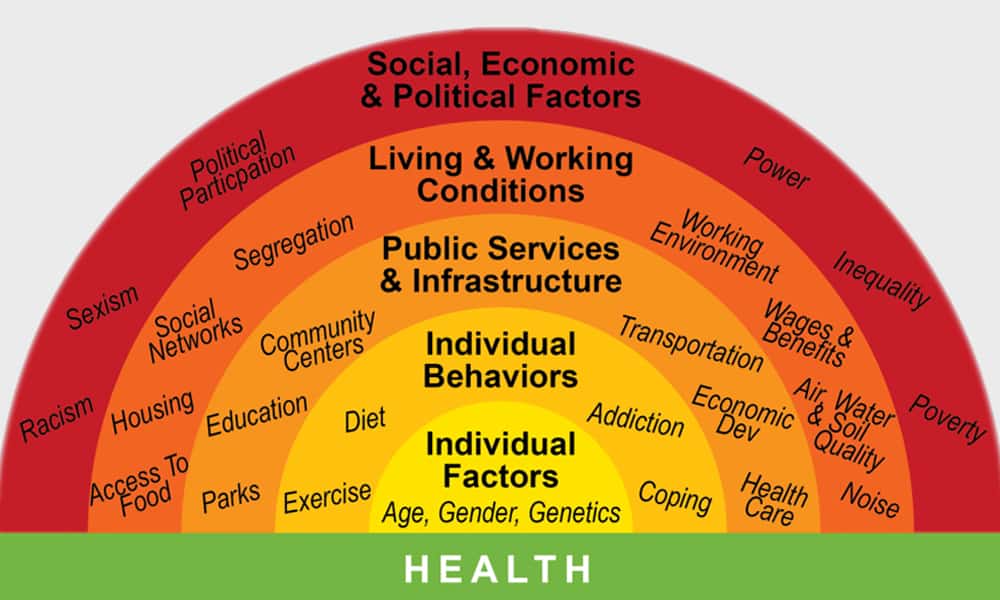 When your claims include the right codes, they’ll be accepted in a more timely manner, ensuring you have the necessary cash flow to operate your practice. Perhaps more urgently, coding mistakes could cause your practice to be audited, and errors could result in fines. In this post, we’ll cover what you need to know about using CPT codes and the most common codes you should become familiar with.
When your claims include the right codes, they’ll be accepted in a more timely manner, ensuring you have the necessary cash flow to operate your practice. Perhaps more urgently, coding mistakes could cause your practice to be audited, and errors could result in fines. In this post, we’ll cover what you need to know about using CPT codes and the most common codes you should become familiar with.
What are CPT Codes for Mental Health?
The Current Procedural Terminology (CPT) code set describes tests, evaluations, treatments, and other medical procedures used in the spectrum of healthcare. The set contains over 8,000 codes and is published and updated annually by the American Medical Association. It was created to track healthcare trends and issues as well to use in the claims submission process. The codes communicate to payers what procedures you need to be reimbursed for as a provider.
The codes related to mental health (codes 90785-90899) are found in the Psychiatry section of the CPT code set and cover services provided by medical professionals, such as psychiatrists, as well as services that can be delivered by non-medical professionals such as licensed clinical psychologists, licensed professional counselors, licensed marriage and family therapists, and licensed clinical social workers.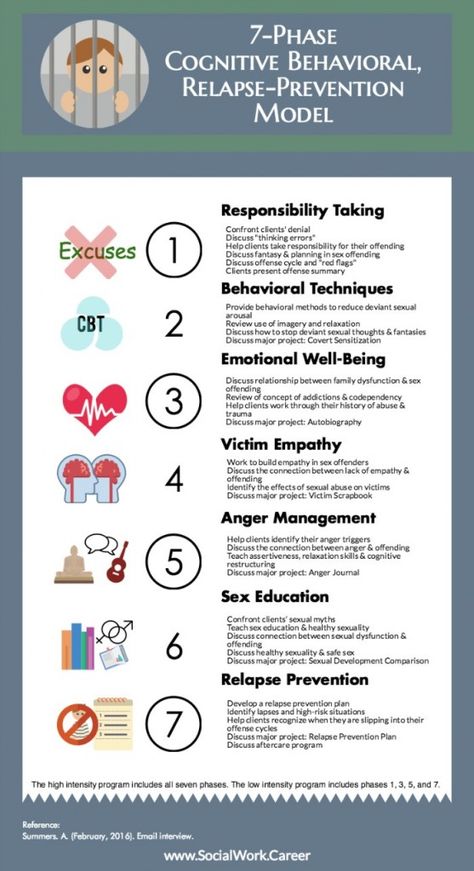
Categories of Mental Health CPT Codes
The mental health CPT codes used by therapists are organized into four distinct categories. These categories make it easier to find the code you’re looking for.
Psychiatric Diagnostic Interview
- Code 90801: Psychiatric diagnostic interview examination
- Code 90802: Interactive psychiatric diagnostic interview examination
Psychiatric Therapeutic Services
- Codes 90804-90809: Insight-oriented, behavior modifying and/or supportive psychotherapy
- Codes 90810-90815: Interactive psychotherapy
Family Medical Psychotherapy
- 90846: Family psychotherapy (without the patient present)
- 90847: Family psychotherapy (with the patient present)
- 90849: Multiple-family group psychotherapy
Group Psychotherapy
- 90853: Group psychotherapy (other than a multiple-family group)
- 90857: Interactive group psychotherapy
Common Mental Health CPT Codes
While there are many codes that may be applicable to mental health services more broadly, in a therapy setting, you’ll probably find yourself using only a relatively small subset of these codes. Learning the most common CPT codes for mental health will help you choose the best code for each service you provide. Here are the most common codes that you’ll encounter as a therapist.
Learning the most common CPT codes for mental health will help you choose the best code for each service you provide. Here are the most common codes that you’ll encounter as a therapist.
90837 — Psychotherapy, 60 minutes
Description: Individual psychotherapy, 60 minutes, with client and/or family member.
Time: 60 minutes (functionally between 53 and 60 minutes)
90834 — Psychotherapy, 45 minutes
Description: Individual psychotherapy, 45 minutes, with client and/or family member.
Time: 45 minutes (functionally between 38 and 52 minutes)
90791 — Psychiatric diagnostic evaluation without medical services
Description: Initial diagnostic interview exam that does not include any medical services. Includes a chief complaint, history of present illness, family and psychosocial history, and complete mental status examination. (Use code 90792 for an initial evaluation with medical services.)
Time: Not time-based
90847 — Family psychotherapy (with client present), 50 minutes
Description: Family psychotherapy (conjoint psychotherapy) (with client present).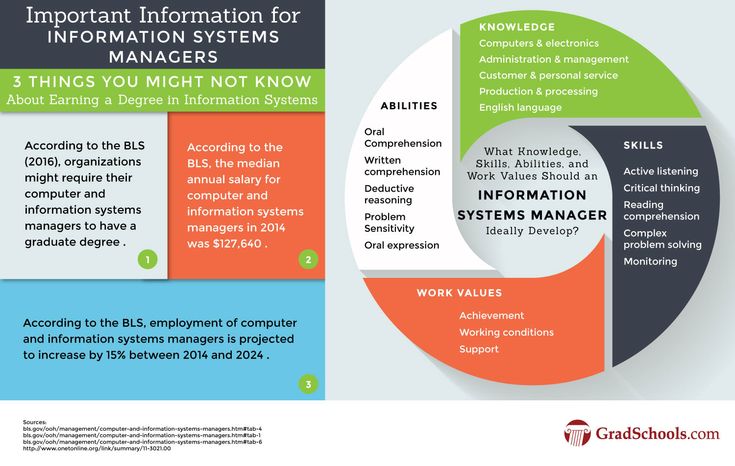 (Can also be used for couples therapy.)
(Can also be used for couples therapy.)
Time: 50 minutes
90853 — Group psychotherapy (other than of a multiple-family group)
Description: Group psychotherapy (other than of a multiple-family group). Relies on the use of interactions of group members to examine the pathology of each individual within the group. The dynamics of the entire group are noted and used to modify behaviors and attitudes of the client members. (Used to report per-session services for each group member.)
Time: Not time-based
90846 – Family psychotherapy (without client present), 50 minutes
Description: Therapy session intended to aid the treatment of the client, where the family of a client is present without the client being present.
Time: 50 minutes
90875 – Under other psychiatric services or procedures
Description: Individual psychophysiological therapy incorporating biofeedback training by any modality (face-to-face with the client), with psychotherapy (e. g., insight-oriented, behavior modifying, or supportive psychotherapy).
g., insight-oriented, behavior modifying, or supportive psychotherapy).
Time: 20-30 minutes
90832 – Psychotherapy, 30 minutes
Description: Individual psychotherapy, 30 minutes
Time: 30 minutes (functionally between 16 – 37 mins)
90838 – Psychotherapy, 60 minutes, with E/M service
Description: Individual psychotherapy, 60 minutes with client and/or family member when performed with an evaluation and management (E/M) service.
Time: 60 minutes (functionally between 53 and 60 minutes)
99404 — Under preventive medicine, individual counseling services
Description: Preventive medicine counseling and/or risk factor reduction intervention(s) provided to an individual (separate procedure)
Time: 60 minutes (functionally between 53 and 60 minutes)
CPT Code Modifiers
Code modifiers provide additional information to a payer. Modifiers can describe the license level of provider, when services were provided, and how the services were provided, among other things. Here are four modifiers that you may encounter.
Here are four modifiers that you may encounter.
- Modifier 25 — Typically, a single code will accurately describe a session. But occasionally, you may find that a fully separate E/M service is needed (performed by the same provider) on the same day. Modifier 25 is used in these situations, as it calls out that service as separate and reimbursable. Note that you can only attach modifier 25 to codes 99201-99215, 99341-99350.
- Modifier 59 — Similar to modifier 25, this modifier is used to describe a distinct non-E/M procedural service done on the same day. Note that your documentation must support a separate session.
- Modifier GT — Used for telehealth sessions involving interactive audio and video.
- Modifier UT — Used when the provider sees a patient in crisis.
When you understand how CPT codes work and have a firm knowledge of the codes you’ll use most often in your therapy practice, you’ll increase your claims submission rate and reduce the likelihood of being flagged for inappropriate coding.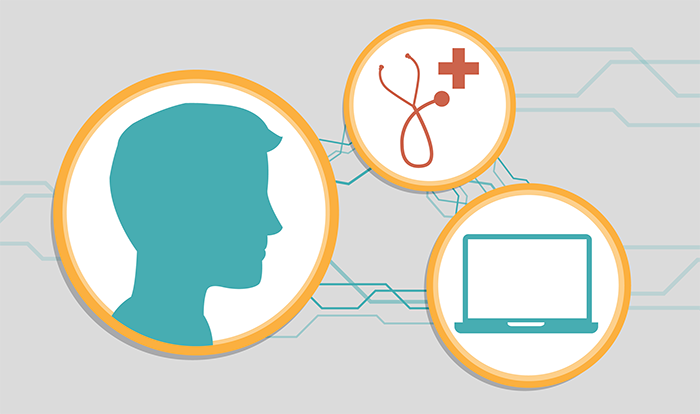 Beyond the practicality of improving cash flow, accurate coding delivers peace of mind since you won’t have to worry about whether or not you’re using CPT codes correctly.
Beyond the practicality of improving cash flow, accurate coding delivers peace of mind since you won’t have to worry about whether or not you’re using CPT codes correctly.
Home - Republican Narcological Dispensary
Republican Narcological Dispensary
364046, Chechnya, Grozny, st. K. Aidamirova (Verkhoyanskaya), 10
Phone: 8 (8712) 29-55-18 (reception from 9:00 to 16:50)
Phone/Fax: 8 (8712) 29-51-01 (for requests from 9:00 to 16:50)
Call Center: 8 (928) 803-53-03
8 (928) 784-57-20 (medical examination room for intoxication)
Time of reception of citizens
Full details and directions
Feedback:
for inquiries)
News
Viral hepatitis "C" in drug addiction.
Viral hepatitis "C" - an infectious and inflammatory disease of the liver, the causative agent of which is the virus of the same name - the hepatitis C virus, characterized by acute or chronic course.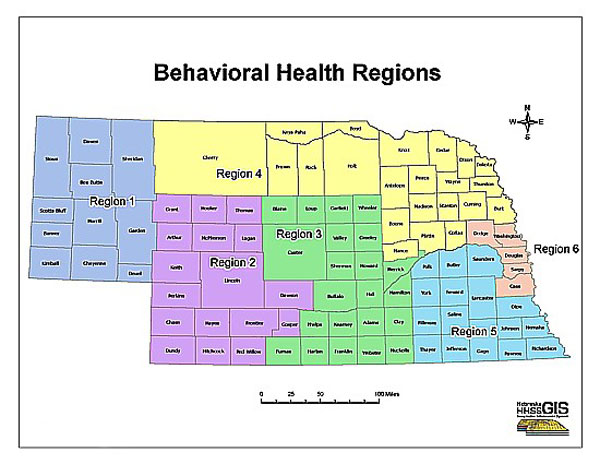 It proceeds for a long time and has few symptoms, which is why it is often not diagnosed in a timely manner. But the inflammation that has existed for years causes irreparable damage to liver cells, sooner or later leading to cirrhosis, and then to hepatocellular carcinoma (cancer).
It proceeds for a long time and has few symptoms, which is why it is often not diagnosed in a timely manner. But the inflammation that has existed for years causes irreparable damage to liver cells, sooner or later leading to cirrhosis, and then to hepatocellular carcinoma (cancer).
14/03/2023 More
Chechen State University hosted a meeting of specialists from the republican narcological dispensary with first-year students.
Why do people use psychoactive substances? Why ignore the inevitable consequences despite the obvious examples? Conversations with students are always interesting for the experts themselves. Listeners ask questions, the answers to which require a high level of professional training.
09/03/2023 More
How to live your life with dignity?
How to live your life with dignity? How to improve your health?
03/03/2023 Next
On the radio of the ChGTRK "Vainakh"
On the radio of the ChGTRK "Vainakh" a radio broadcast took place with the participation of the head of the prevention center .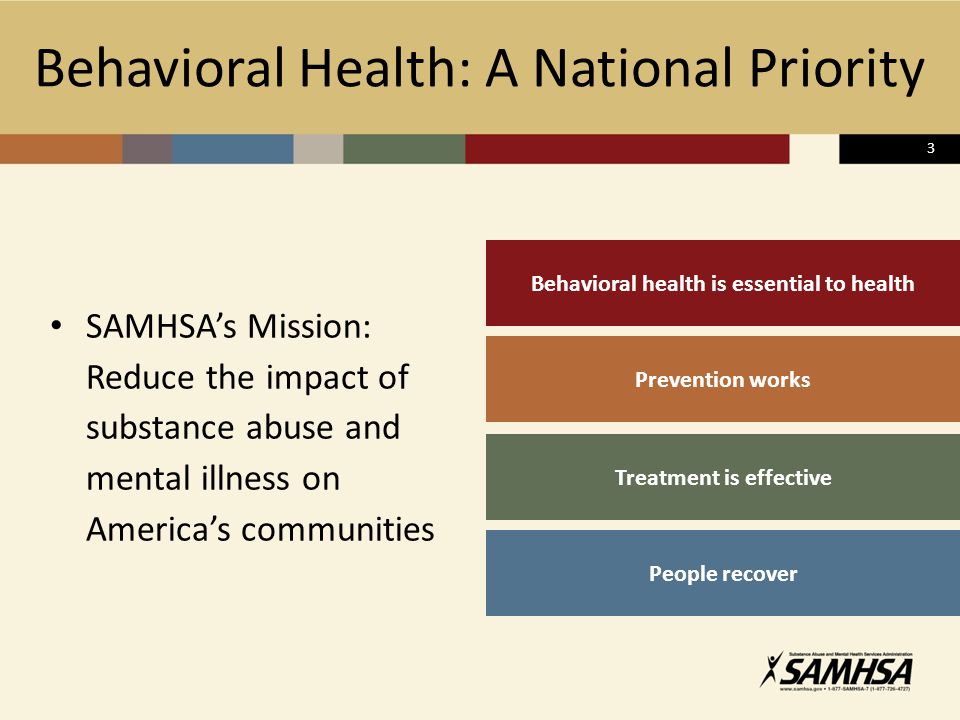 ....
....
03/03/2023 More
A radio broadcast took place at the ChGTRK "Grozny" with the participation of Muslim Dalsayev, chief doctor of the republican narcological dispensary.
Muslim Dalsaev told the radio listeners about the history of the formation of the narcological service in the Chechen Republic, about the activities of the institution for the primary prevention of the use of psychoactive substances, the treatment and rehabilitation of people suffering from narcological disorders.
01/03/2023 More
Poll
How do you rate the quality of services provided in the dispensary?
Total votes: 420
Good
Satisfactory
unsatisfactory
Dalsaev Muslim Mussaevich
Head physician of the Republican Narcological Dispensary
Graduated from secondary school No.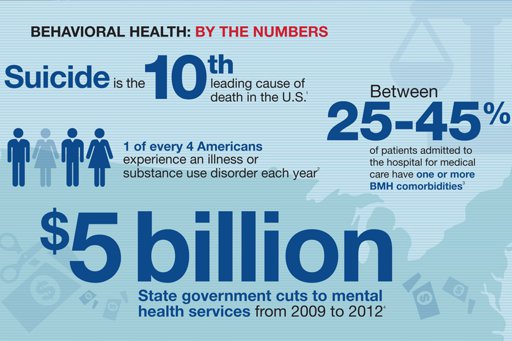
1987 - 1989 - orderly in the admission department of the republican hospital
Grozny.
1989 - entered the Stavropol State Medical Institute.
1994 - transferred to the Chechen State University at the Faculty of Medicine.
1996 - accepted as a doctor "psychiatrist-narcologist" in the Republican narcological dispensary of the Chechen Republic.
2007 - transferred to the position of Deputy Chief Physician for Child and Adolescent Narcology at the Republican Narcological Dispensary.
From December 6, 2011 to the present, he has been the chief physician of the Republican Narcological Dispensary.
Doctor of the highest category. He is the chief freelance psychiatrist-narcologist of the Chechen Republic, a member of the Public Council under the Ministry of Internal Affairs of the Chechen Republic, a member of the Public Chamber of the Chechen Republic, a deputy commission on health, ecology and environmental protection, a member of the Russian Society of Psychiatrists, the head of the Russian Narcological League in the Chechen Republic.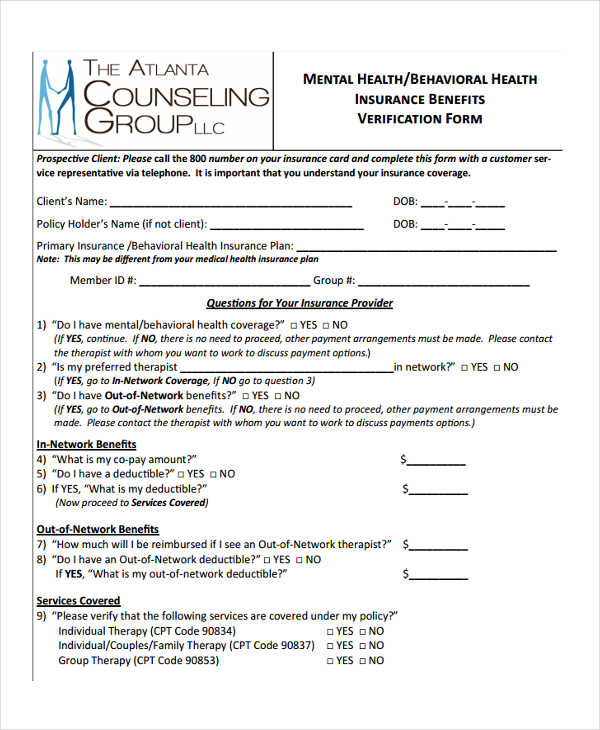
Excellent health worker of the Chechen Republic. Awarded with the Honorary Diploma of the Minister of Health and Social Development of the Russian Federation for services in the field of healthcare, the Honorary Diploma of the Commissioner for Human Rights in the Chechen Republic. Awarded with medals "For Service to the Benefit of the People", "For Distinction in Service" by the Ministry of Internal Affairs of Russia for the Chechen Republic.
EXTERNAL AND BEHAVIORAL SIGNS OF A DRUG addict – Portal
EXTERNAL AND BEHAVIORAL SIGNS OF A DRUG addict
Their habitual behavior, appearance, state of the body and psyche completely change.
Change No. 1 - behavior
All values and orientations of a person change, since all actions come down to finding a new dose. The addict is indifferent to everything that happens (work, study, hobbies), reacts inadequately to criticism, commits rash acts.
Money expenses are increasing, problems with law enforcement agencies are not ruled out. After the action of the drug, a person becomes "twitchy" and irritable, perceives the words and actions of the surrounding people "with hostility."
Change No. 2 - social circle
Loss of interest in the past life and friends, the desire to break all ties with them. Old friends are replaced by new suspicious acquaintances, with whom the addict is in no hurry to introduce you, and about whom he talks little.
When communicating with new people, leaves the room or apartment, hides correspondence and uses "code" phrases. The addict becomes asocial and closed to other people, including family members.
Change #3 - Mental
Confusion, frustration and depression are constant companions of drug addiction. There is a violation of coordination of movements, memory and mental abilities. Sexual development and maturation are slowed down.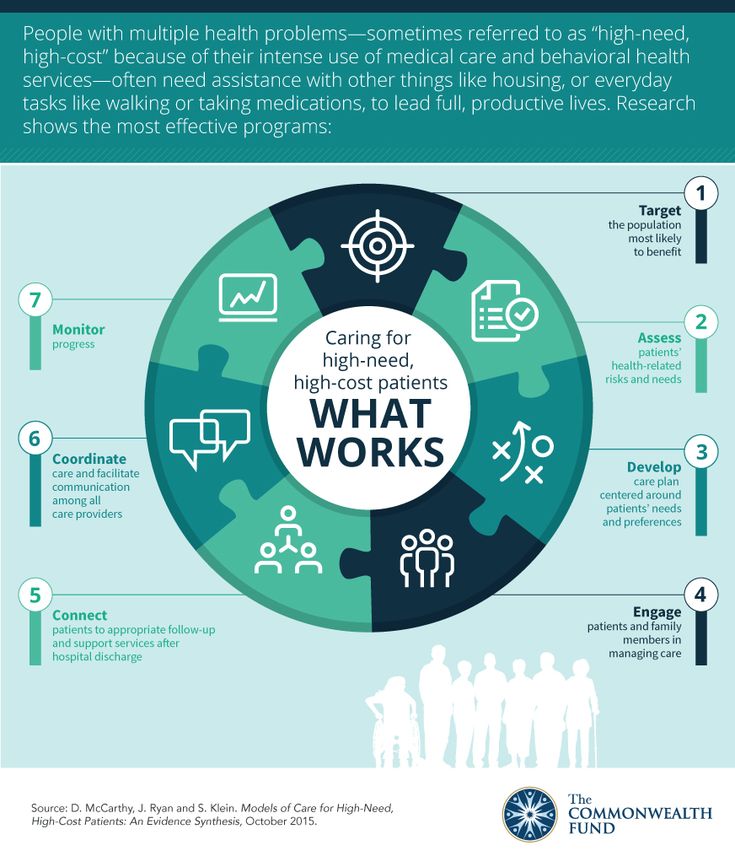
Long-term drug addicts experience visual and auditory hallucinations even after the drug has stopped. Paranoid psychoses develop, irascibility, anxiety and suspicion become aggravated, suicidal tendencies are formed.
Change No. 4 - appearance
Unhealthy (bluish or yellowed) complexion, pale skin, red whites of the eyes (drug addicts carry eye drops with them). There may be non-healing wounds on the skin - traces of injections in the elbow and popliteal folds, groin, armpits.
Change in body weight - excessive thinness (for example, when using salts, a drug addict can lose up to 1 kg per week), yellowed teeth and nails, bags and circles under the eyes, acne. Untidy appearance - the addict does not care how he looks, because he has other interests.
Change No. 5 - the state of the body
Damage to internal organs and dysfunction of vital systems, severe diseases (bronchitis, cancer, tuberculosis) that flow into a chronic form, infection with incurable infections (HIV) and STDs.
Severe decrease in immunity, cardiac dysfunction, cardiac muscle dystrophy, nervous exhaustion, irreversible brain damage, frequent pneumonia, changes in the genetic code.
RULES OF BEHAVIOR WITH A DRUG addict
Relatives and close people of addicts are wondering how to behave with a drug addict so as not to aggravate the situation? Independent experts-narcologists of the resource "Encyclopedia of Addictions" share with you the rules of conduct:
Don't indulge in addiction.
Do not give money for drugs, do not take responsibility for the actions of the addict - let him feel the full gravity of the situation.
Treat the addict as equals.
Recognize the right of a dependent person to his own opinion and judgment, listen carefully to his arguments, give an objective assessment of his behavior.
Do not be afraid to show feelings and emotions.
Do not be hypocritical, be extremely sincere in your desire to help the addict cope with addiction, openly point out his mistakes, without turning it into lectures and accusations.
Don't turn your family around.
Of course, your life will change, so do not forget about other family members - their needs and interests. Your mood should not depend on the addict.
Keep in touch with addiction specialists and addiction centers.
Remember that only professionals can help you get rid of addiction forever. Learn the treatment programs and techniques used in various clinics.
An effective way to convince an addict to seek treatment is to talk to them directly about the problem. During the conversation, do not attack the addict, but communicate that you are not happy with his addiction.
Explain that it harms his health and mental state, disrupts the lives of other family members, and undermines your financial situation. Let the addict know that you love him and are ready to support him, but he needs to go to rehab.
If your conversation does not bring the desired result, then seek help from specialists.